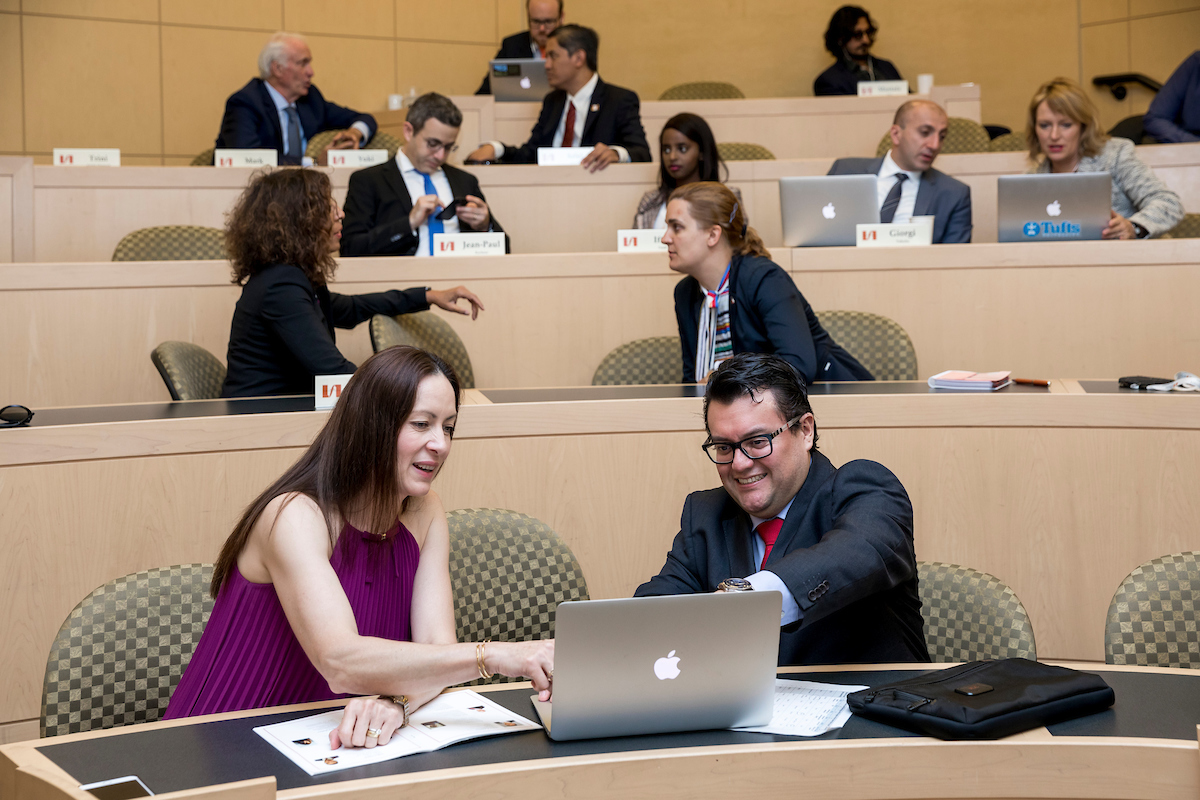DESIGNING A COURSE

Course design involves discovering your own teaching philosophy, shaping learning goals and objectives, applying core learning principles to your design, and working with available technologies.
A learner-centered design philosophy – Backward Design
Backward design helps us to make sure that a course introduces the most important skills, strategies and content, and that both the instructor and student know how they are progressing towards those goals along the way.
- Working Backwards from Learning Goals and Objectives (Teaching@Tufts) an introduction to backward design
- CELT’s Canvas Course Design Tutorial guides you through the process of designing a new course or revising an existing course with a lens of inclusive, learner-centered teaching at Tufts.
As you design your courses, it can also be helpful to:
- Articulate your beliefs about teaching & learning
- Articulate Your Teaching Philosophy (Teaching@Tufts) a reflective tool for making your views on teaching and learning explicit
- Explore principles of learning
- Learning Principles (Carnegie Mellon) – a list of basic principles which underly basic learning
- Universal Design on Campus (CAST) – a collection of resources for understanding and practicing Universal Design for Learning
- Help Students Retain, Organize and Integrate Knowledge (MIT)
- Get to know Tufts’ learning management system Canvas
